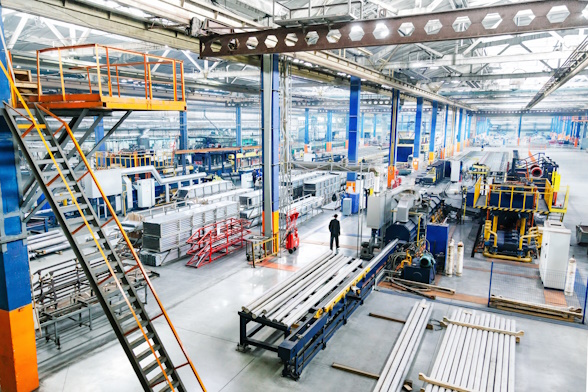Global BOMs, Local Rules
Manufacturers today build products that straddle continents. A single assembly may be designed in one country, sourced from suppliers across multiple regions and assembled in yet another, with each jurisdiction imposing its own safety, environmental and customer specifications. Managing this complexity with ad hoc documents and localized systems invites errors and noncompliance. Digitizing the service bill of materials (BOM) and integrating it into a unified MES/MOM platform turns compliance from a reactive burden into a proactive, continuous capability.
The Hidden Costs of Fragmentation
Many enterprises still maintain separate BOMs, work instructions and quality plans for each plant. When regulations evolve or customers demand new certifications, engineering distributes updated documents via email and hopes that every site implements them correctly. Discrepancies inevitably slip through; audits uncover inconsistencies; and quality escapes lead to rework, scrap and recalls. Paper‑based systems exacerbate the risk. As regulatory agencies have noted, a significant share of manufacturing shortages are tied to quality issues rooted in paper documentation that compromise data integrity and production efficiency. Manual entries, delayed sign‑offs and illegible records make it difficult to trace who did what and when.
A unified MES/MOM platform reframes compliance by treating the BOM as a living object. There is one master BOM, hosted centrally, with controlled variations for regional requirements. Local deviations, such as substituting a material due to a regional ban, are managed within the same system and traceability is preserved. When engineering updates the design, the change is recorded once and automatically flows to every plant. Operators receive only the instructions relevant to their jurisdiction; quality inspectors see checklists tailored to local standards; and auditors can trace every signature and approval electronically.
“[Regarding DELMIA Apriso] it’s a common entry point for all of our operations personnel, all of our factories around the world… It’s a great system because we have all of our data in one place in exactly the same format for our teams to analyze.” — Random Kiser, Director – IT Manufacturing Systems, Hexcel
Hexcel’s experience demonstrates how digitizing documents transforms analysis. The company uses DELMIA Apriso to create digitized documents for enhanced analysis, enabling teams to track production status and equipment condition in real time. Digital records eliminate the scramble for paper signatures and manual consolidation; approvals occur electronically, and a continuous audit trail is created. Engineers spend their time improving processes rather than reconciling paperwork.
Broadly, this unification fosters collaboration across every function.
Designing Compliance into Your Processes
A unified MES/MOM platform supports compliance not just by storing documents but by embedding regulatory logic into workflows. Manufacturing leaders can turn compliance into a strategic advantage by adopting the following practices:
- Single source of truth – Maintain one authoritative BOM across the enterprise. Use configuration management to handle regional variants within the same structure rather than creating separate documents.
- Embedded regulatory rules – Encode jurisdiction‑specific requirements into process flows. When a product enters a market with restricted substances or additional inspection points, routing and quality checks adjust automatically.
- Real‑time data capture – Collect quality data at the source using sensors, operator inputs and automated testing. Immediate feedback allows corrective actions before deviations propagate.
- Electronic signatures and audit trails – Replace handwritten sign‑offs with electronic signatures. This ensures that data is attributable, legible, contemporaneous, original and accurate—the ALCOA principles emphasized by regulators. A digital audit trail simplifies inspections and accelerates product release.
- Cross‑functional analytics – Give all teams a shared view of performance to prioritizes improvements. Over time, cross-functional analytics leads to shared ownership of outcomes across every phase of production.
Beyond Compliance: Fostering Innovation and Sustainability
Automating compliance frees capacity for innovation. When regulatory updates no longer require manual document changes, engineering can invest time in optimizing product designs and exploring sustainable materials. Real‑time data on yield, energy consumption and waste enables improved sustainability, statistical process control and predictive maintenance. A unified platform also facilitates collaboration with suppliers and customers; certificates and quality data travel with the product across the supply chain, building trust and reducing delays.
Compliance is often perceived as a cost center, but managed digitally it becomes a driver of quality, efficiency, sustainability and brand reputation. By embracing a unified MES/MOM platform and designing compliance into core operations, manufacturers ensure that global products meet local rules while maintaining efficiency and quality. The result is a culture of continuous improvement in which every plant benefits from lessons learned elsewhere; customers receive products that meet or exceed expectations, and supplier relationships are strengthened.
